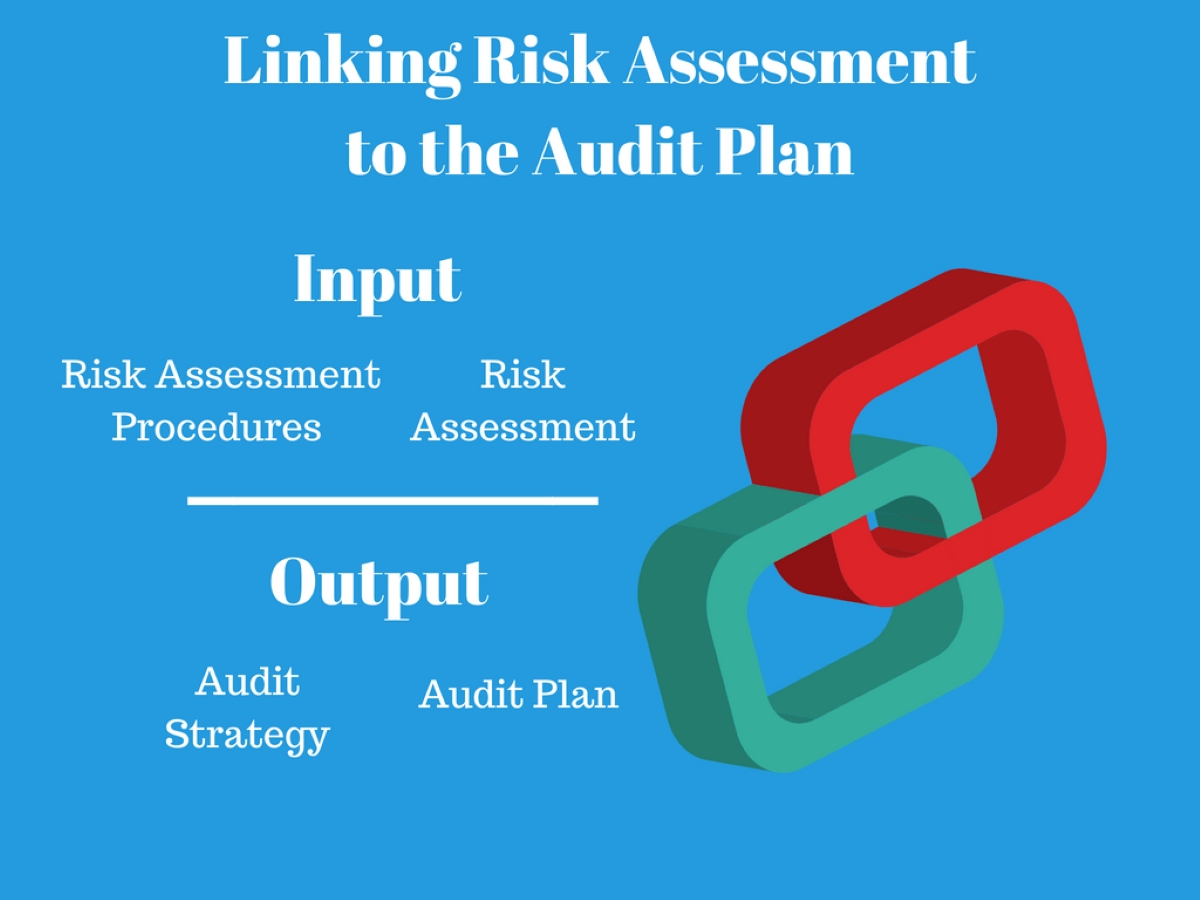Home>Finance>Price Risk: Definition, Strategies To Minimize It


Finance
Price Risk: Definition, Strategies To Minimize It
Published: January 11, 2024
Learn the definition of price risk in finance and discover effective strategies to minimize it. Gain insights into managing financial risks for optimal results.
(Many of the links in this article redirect to a specific reviewed product. Your purchase of these products through affiliate links helps to generate commission for LiveWell, at no extra cost. Learn more)
Price Risk: Definition, Strategies to Minimize It
Greetings, fellow financial enthusiasts! Today, we dive deep into the world of finance and shine a spotlight on an important concept: price risk. So, what exactly is price risk and how can you minimize it? Stay tuned, as we reveal all the crucial details and strategies in this blog post!
Key Takeaways:
- Price risk refers to the potential for an investment’s value to fluctuate due to factors such as market volatility or changes in supply and demand.
- Minimizing price risk involves implementing strategies such as diversification, hedging, setting stop-loss orders, and conducting thorough market research.
Now, let’s start by understanding the nitty-gritty of price risk. Simply put, price risk is the risk associated with the possibility of an investment’s value decreasing or increasing due to external factors beyond your control. These factors can range from market volatility and interest rate adjustments to changes in supply and demand dynamics.
Price risk is an essential consideration for investors and traders alike, as it directly impacts the profitability and stability of their portfolios. However, fear not! We’re here to guide you through some effective strategies to minimize price risk and safeguard your hard-earned capital. Let’s explore these strategies together:
- Diversification: One of the most fundamental strategies to minimize price risk is diversifying your portfolio. By spreading your investments across various asset classes, industries, and regions, you can reduce the impact of a single investment’s price fluctuations on your overall portfolio. A well-diversified portfolio can provide a buffer against unexpected market movements.
- Hedging: Another approach to tackle price risk is hedging. This involves taking a position in a derivative instrument, such as options or futures, that offsets the potential losses in the underlying investment. Hedging allows you to mitigate the impact of adverse price movements while still participating in potential gains. However, it’s crucial to carefully evaluate the costs and potential limitations associated with hedging strategies.
- Stop-Loss Orders: Implementing stop-loss orders can be a useful way to protect yourself from significant losses in case of adverse price movements. By setting a predetermined price at which you are willing to sell an investment, you can limit potential losses while still allowing for potential gains. Stop-loss orders help automate your risk management and ensure that emotions don’t sway your decision-making in volatile market conditions.
- Thorough Market Research: Staying informed about market trends, industry developments, and economic indicators is paramount in minimizing price risk. Conduct thorough research and analysis to identify potential risks and opportunities. By equipping yourself with comprehensive knowledge, you can make more informed investment decisions and navigate volatile markets more effectively.
By implementing these strategies in your investment approach, you can minimize the impact of price risk on your portfolio’s performance. However, it’s important to remember that no strategy can completely eliminate risk. It is essential to carefully assess your risk tolerance, financial goals, and seek professional advice when necessary.
So, there you have it — a comprehensive guide to understanding price risk and strategies to minimize it. Armed with this knowledge, you are now better equipped to navigate the complex world of finance with confidence and make more informed investment decisions.
Until next time, happy investing!














